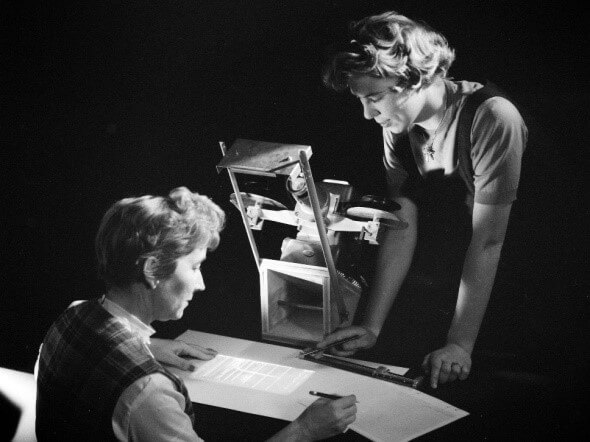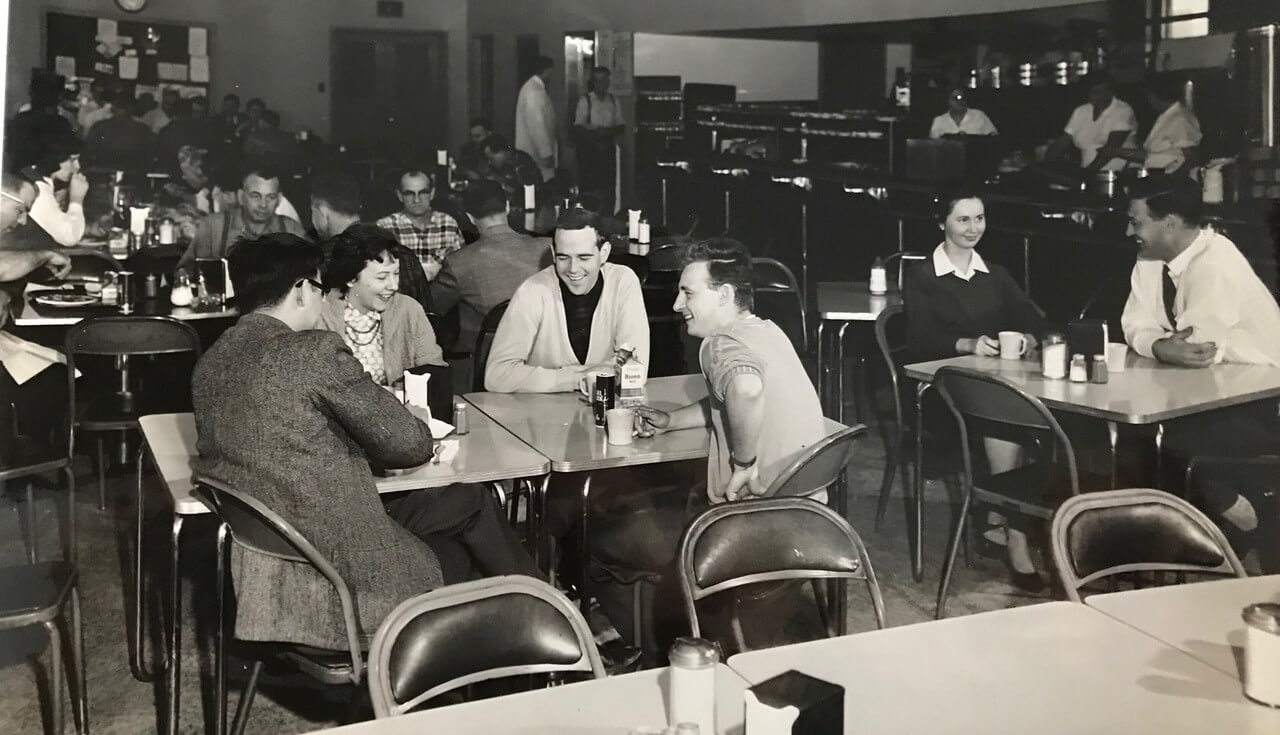Uncovering STEM women’s contributions to Canada’s space industry
Athabasca University DBA alum Dr. Stefanie Ruel has first-hand experience with systemic gender-based discrimination in the Canadian space industry. Now, her academic research is helping uncover the stories of science, technology, engineering, and mathematics (STEM) women who made important contributions to some of Canada’s most important space missions.
In my position as a lecturer in organizational behaviour with the Department of People and Organizations at The Open University in Milton Keynes, U.K., one of the projects I continue to work on with my Canadian colleagues is finding and retelling the stories of women who made contributions to the Canadian Alouette I and II satellite missions.
These missions, started after the successful launch of Sputnik in 1957, marked Canada as the third spacefaring nation after the Russians and the Americans. To date, the focus has been on the 100 men who made contributions to these missions while neglecting the presence and contributions of over 120 women.
Phyllis Timleck, First Woman Technician
Timleck was hired straight out of high school to work as the first woman technician at the Canadian Defence Research Telecommunications Establishment. She always had an interest in research during her time in school, and was able to translate this interest into a position that went from generating statistics on ground-reflected echoes from Alouette 1 and 2 to helping in the investigation of sunspot cycles. She worked with Dr. John H. Chapman, commonly recognized as the father of the Canadian space industry, and Dr. Leroy Nelms, a world-recognized Cambridge-trained physicist who was instrumental in various Canadian-based satellite missions.
Elinor Bachand, Scaler
M.L. Shetterly’s 2016 work, Hidden figures: The American Dream and the Untold Story of the Black Women Mathematicians Who Helped Win the Space Race, brought to light the contributions that Black STEM-trained women, some acting as human computers, played in getting the U.S. to the moon. In our research, we learned of the presence of similar human computers who were called scalers. Bachand, a well-respected scaler, worked on contract on the Canadian Alouette missions and assisted in analyzing numerous graphs of ionospheric conditions, known as ionograms.

Doris Jelly, STEM Professional
Jelly worked on the first two Canadian satellites, Alouette I and II, as a summer student conducting satellite data analysis. She eventually moved to the Hermes satellite as program co-ordinator. This experimental communications satellite opened the door for important conversations about social services, such as telemedicine and emergency medical services, to be offered to northern and remote Canadian populations.

Dr. Luise Herzberg, Astrophysicist
Herzberg received her PhD in Germany just before fleeing the Second World War to arrive in Canada with her husband. She rose above many personal and societal challenges to make important contributions in the fields of spectroscopy, molecular chemistry, and geophysics. At the Radio Physics Laboratory at the Canadian Defence Research Telecommunications Establishment in Ottawa, she studied data on low earth orbit satellites contributing to what some term “the new space race.”

Next steps
My and my colleagues’ forthcoming academic work on the Alouette women will be featured in the Routledge publication Historical Organization Studies: Theory and Applications and in the World Scientific Press’ Diversity and Business Storytelling, and as part of David Boje’s upcoming A World Scientific Encyclopedia of Business Storytelling. We’re also working a popular press Alouette women book to share the stories of these remarkable women.
In my research I don’t wish to undo the work of the men in the Canadian and global space industry. I’m looking to unravel the traditions and practices that perpetuate systemic discrimination and ignore women’s contributions.